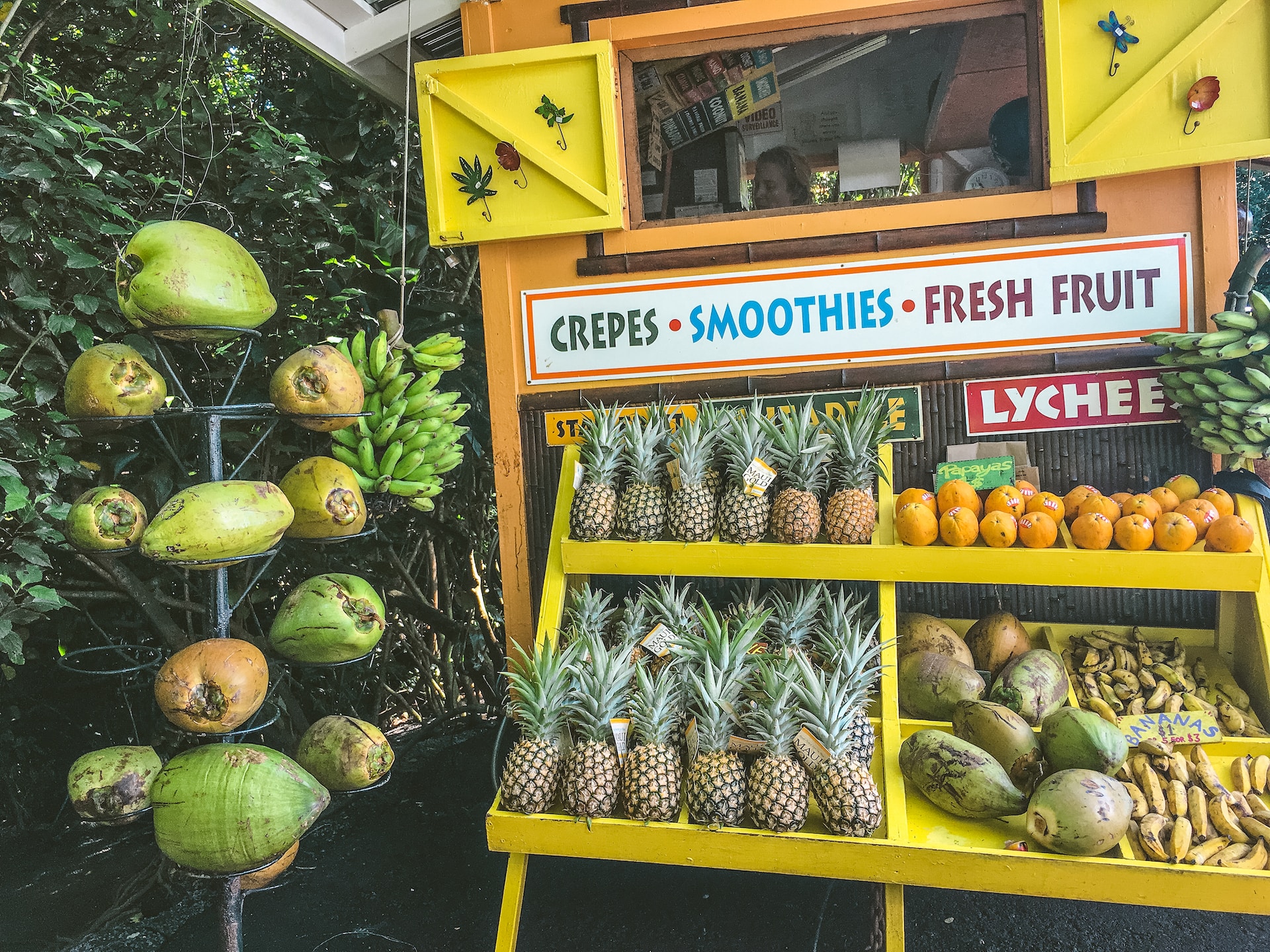Local Food You Must Try While on Kauai
Posted on: 02/21/2020Every savvy traveler knows that the best way to get an authentic experience in a destination is to go where the locals go and eat what the locals eat. Staying in a vacation rental over a traditional hotel has made living like a local on Kauai even more accessible.
Kauai residents love to eat. Back in the plantation days, the Japanese, Filipino, Chinese, Korean, Portuguese and Hawaiian workers would gather in the field for lunch, each group bringing food from the countries where they originated. This act of sharing blended cultures resulting in many unique, one-of-a-kind dishes only found in Hawaii and generally named “local food.”
While on Kauai, trying the local delicacies is a must. Here’s a few of the local foods that must be tasted over and over again:
Saimin
One of the first types of local food that we recommend trying, preferably as soon as you step off the airplane at Lihue Airport, is a hot, steaming bowl of saimin soup. Similar to Japanese ramen, saimin is a brothy soup filled with vegetables, luncheon meat, roast pork and fish cake. Kauai residents tend to favor Hamura Saimin in Lihue, a fourth-generation family-owned saimin stand with countertop seating, which is located just five minutes from the airport. Save room for the homemade lilikoi chiffon pie and be sure to strike up a conversation with your neighbor next to you. Many local residents are willing to share their favorite eating spots and tips of where to visit over a bowl of delicious saimin soup. Other notable favorites for saimin: Tip Top Café and Anahola Saimin Stand.
The Mixed Plate
The sharing of foods during plantation times resulted in the birth of the mixed plate, a meal that will not leave a person hungry. Traditional mixed plates include a scoop of white rice and macaroni and potato salad with a protein, usually, chicken, beef or fish. Nearly every town on Kauai has a local takeout spot or food truck where mixed plates are the staple menu item. Local favorites are the kalbi ribs, barbeque chicken, and loco moco plates, which is a hamburger patty on top of a bed of rice and topped with an over easy egg and brown gravy. On the south side, Koloa Fish Market combines the freshest recent catch daily, as well as Hawaiian food plates with delicious laulau (chicken or pork steamed in a luau leaf) or roasted kalua pig.
Spam Musubi
Hawaii is the capital of spam consumers. Spam is a common replacement for other breakfast meats, such as bacon or sausage. A quick and satisfying treat is the spam musubi, which can be found in convenience stores, bakeries, and snack shops. A spam musubi is like a large spam sushi; spam is fried with a teriyaki sauce and laid on a bed of rice with a Japanese nori (seaweed) wrapper.
Hawaiian Poke
Poke is a Hawaiian raw food specialty of salted raw fish mixed with a soy-based marinade and tossed with other flavors, such as onion, avocado, seaweed, or tobiko. This unique dish is becoming the latest trend and poke shops are starting to pop up all over the nation. When served over rice, it becomes a deconstructed sushi called a Poke Bowl. Locals prefer to eat their poke straight out of the container with a cold beverage to wash it down. The advantage of trying Hawaiian poke on Kauai, as opposed to the mainland, is that you will get only the freshest line caught fish that is native to Hawaiian waters. Ishihara Market, the Pupu Factory, Koloa Fish Market, Fish Express and Pono Market are a few our recommended locations to try some fresh fish, crab, octopus, or lobster poke.
Manapua
Manapua is another local food that was adopted from another culture and given its own twist to become unique to the Hawaiian Islands. Similar to Chinese bao, manapua is a bun traditionally filled with char siu pork, but in recent years, bakers have had fun creating new varieties of this local favorite. Kauai Bakery offers a variety of baked manapua filled with pastele, BBQ kalua pork, or portuguese sausage.
The Flying Saucer
The flying saucer is a true local Kauai original that can only be found at festivals and fairs throughout the year. To make this delicious delicacy, white bread is covered with butter and filled with ground hamburger and American cheese, before being placed in a Pie Iron and cooked over an open fire. The hamburger and cheese melt together for a gooey mixture that melts in your mouth. The clanging sound of these pie irons and long lines to get a taste of the flying saucer is commonplace during the Japanese obon season and at special events such as the Kauai County Fair.
While not the healthiest of cuisines, the satisfying flavors and large portions make Hawaiian local food the ultimate comfort food. Allow yourself to indulge in these dishes and more while on vacation and soon you will be eating like a local.


